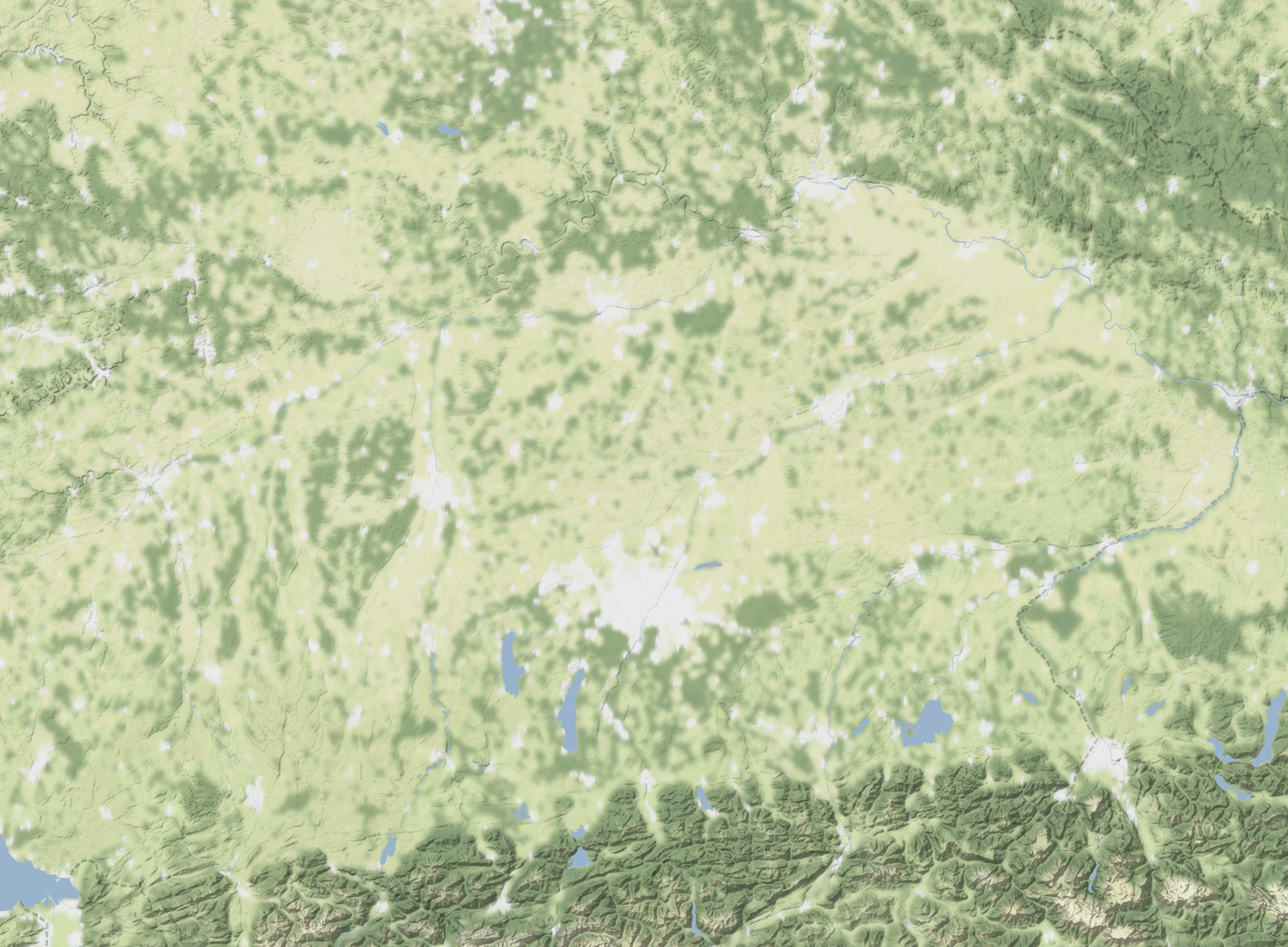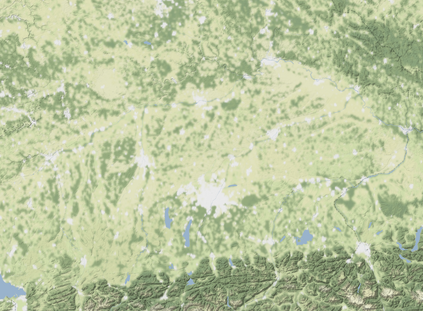Extreme value applications commonly employ regression techniques to capture cross-sectional heterogeneity or time-variation in the data. Estimation of the parameters of an extreme value regression model is notoriously challenging due to the small number of observations that are usually available in applications. When repeated extreme measurements are collected on the same individuals, i.e., a panel of extremes is available, pooling the observations in groups can improve the statistical inference. We study three data sets related to risk assessment in finance, climate science, and hydrology. In all three cases, the problem can be formulated as an extreme value panel regression model with a latent group structure and group-specific parameters. We propose a new algorithm that jointly assigns the individuals to the latent groups and estimates the parameters of the regression model inside each group. Our method efficiently recovers the underlying group structure without prior information, and for the three data sets it provides improved return level estimates and helps answer important domain-specific questions.
翻译:极端值应用通常采用回归技术来捕捉数据中的跨部门异质或时间变异。极端值回归模型参数的估算由于通常在应用中可得到的观测数量很少,因此极值回归模型参数的估算具有臭名昭著的挑战性。当对同一个人进行反复的极端测量时,即有一个极端小组,将观测数据分组集中起来可以改进统计推理。我们研究了与金融、气候科学和水文风险评估有关的三套数据。在所有三种情况下,问题都可以被编成一个极端值小组回归模型,配有潜伏组结构和特定群体参数。我们提出了一种新的算法,将个人联合分配给潜伏组,并估算每个组内部回归模型的参数。我们的方法在没有事先信息的情况下有效地恢复了基本群体结构,并为三个数据集提供了更好的回报水平估计,并有助于回答重要的特定领域问题。







